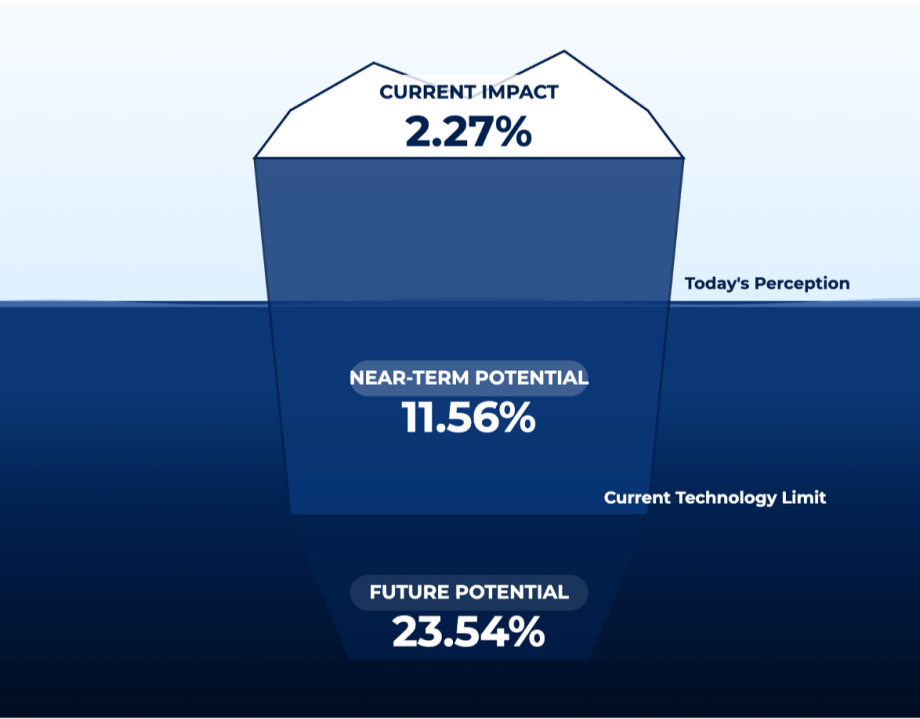
In December of 2023, I was absolutely convinced that we were going to have the change. My first signals were not from our team, however, rather signals from client work. We were deep in the guts of compliance related work, and the inevitable copy, paste, stare, and compare cycle of analyzing housing policy information to make sense of it and turn it into software requirements. I knew there had to be a better way.
We decided then that we would take a small team of experienced practitioners and dedicate them to our idea about using generative artificial intelligence to automate the software development process. We didn’t know a thing about genAI then, in fact we knew less than nothing, but we really knew how to make mortgage technology. I’ve spent a 25-year career doing it, at each member of our small team was highly skilled and experienced in their profession. This was an elite team (and also very expensive).
Basically, we had no experience, a lofty ambition, and a half-baked plan. Our first endeavor was the basic learning – figuring out what we didn’t know, which was pretty much everything. I took a few classes, and we took to YouTube and ChatGPT. It’s crazy to think now, but “back then” there really weren’t a lot of baked patterns or ways of working we could leverage. Retrieval augmented generation (RAG) was out there, but it wasn’t accessible, and we didn’t really understand it. We were really proud of our first Custom GPT that Kenny Akridge figured out how to do. I remember being absolutely blown away when he explained that it was all expressed in natural language. That’s also when I knew we were really in trouble, and we were going to have to change.

When I first captured a glimmer of what genAI could do, I knew it would change everything. That glimmer – the ability to bring ideas to life with only a natural language expression – kicked off a deep reimagining of what product development could be like. I knew then, and I still know now, that it was an “eat or get eaten” situation. We were truly either going to pivot or die.
Every single role involved in the typical (or what I now call “classic”) product development process will be altered, it’s simply a matter of time. Not to be dramatic, but it’s a little bit like the eventuality of the atomic bomb – once a thing can be done, it will be done. Once the ability to split the atom was possible, it was just a matter of time before a weapon that relied on that ability would be created. Now that it is possible to instantly and intelligently create all the artifacts of software development, eventually we simply won’t need people to do that. Further, there will come a time when those artifacts are no longer even necessary. The most rapidly growing development language these days is English.
In three years (maybe two, maybe five, maybe even ten, but eventually), unless we changed our business, we would be obsolete. Simple as that.
But that’s kind of inspiring, isn’t it? To be able to see the future and actually have time to act? To have this incredible chance to invent the way work will be done? The reality is that adoption of this tech will have a very long tail. We will see it happen instantly in Silicon Valley, and genAI-native companies will start to eat everyone’s lunch. In mortgage it will take longer, there is simply so much heritage technology and complexity that we won’t be able to redo it all in even ten years’ time. And there there’s federal.
So we have some time, and this “straddling” problem is one I help my clients think through. How do we capture the opportunities of the now, while preparing for the inevitable future when everything is different? I ask everyone who will listen – is your business going to be viable in three years? What do you need to do now to change your business, or create a new business that will thrive when the future arrives?
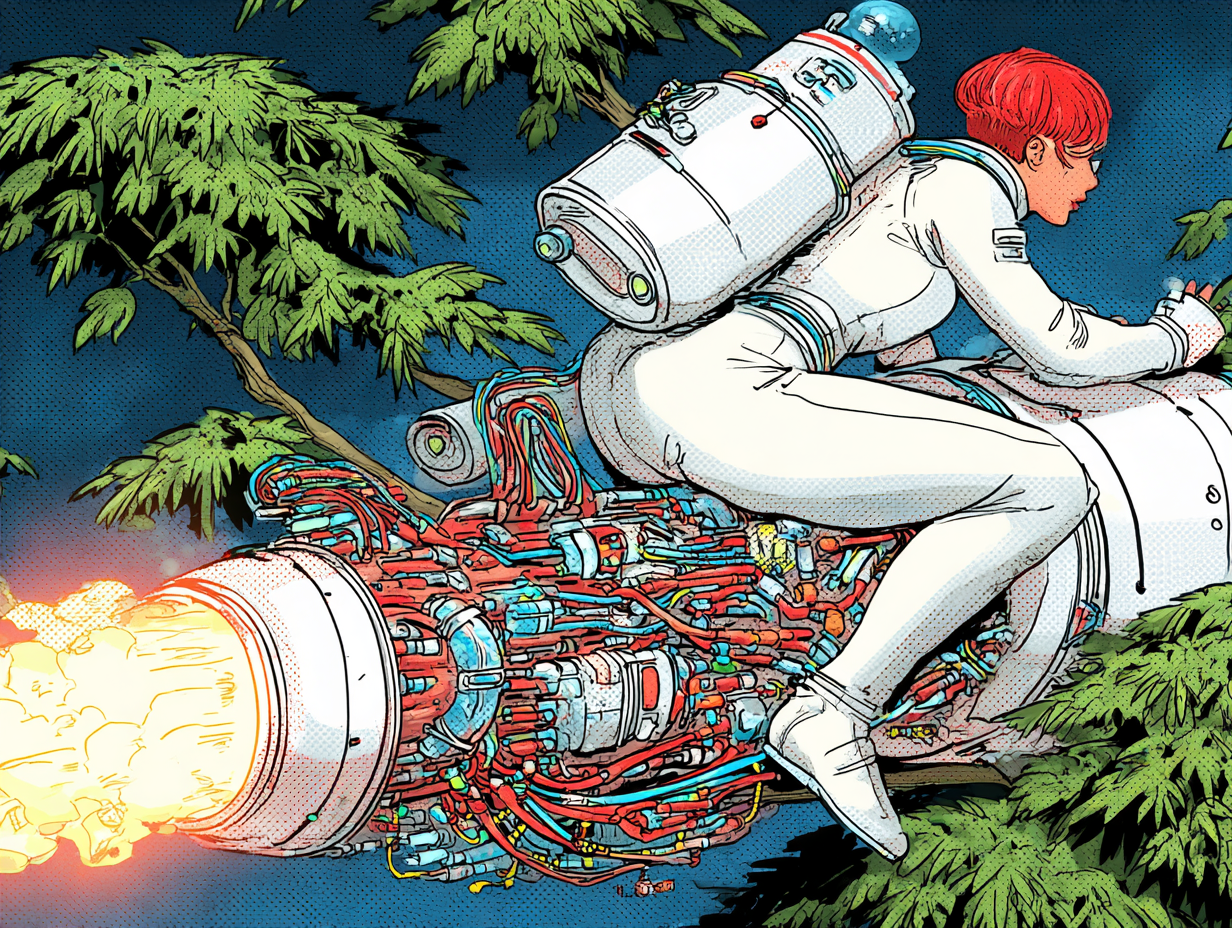
The day I discovered “vibe coding” in Replit, I spent about 14 hours in front of my computer, creating. I built and deployed app after app. I tried things and threw them away. I fought with the developer agent, imploring it to do what I wanted. I struggled through authentication, on my own. I learned that I needed to have my database first, because adding it later created a whole host of problems. I discovered the contours of what this tech could do.
I called Tanya Brennan and introduced her to this tool. I said, in a hushed voice as if it was this incredible secret – “I feel like a god. Everything I have ever wanted to do as a product manager over the course of my entire career, I can now do.”
Yeah, so there’s that. This is a world where the limit to what we can do is simply the bounds of our creativity. In the AI future (which is happening now by the way), anything we can imagine we can make.
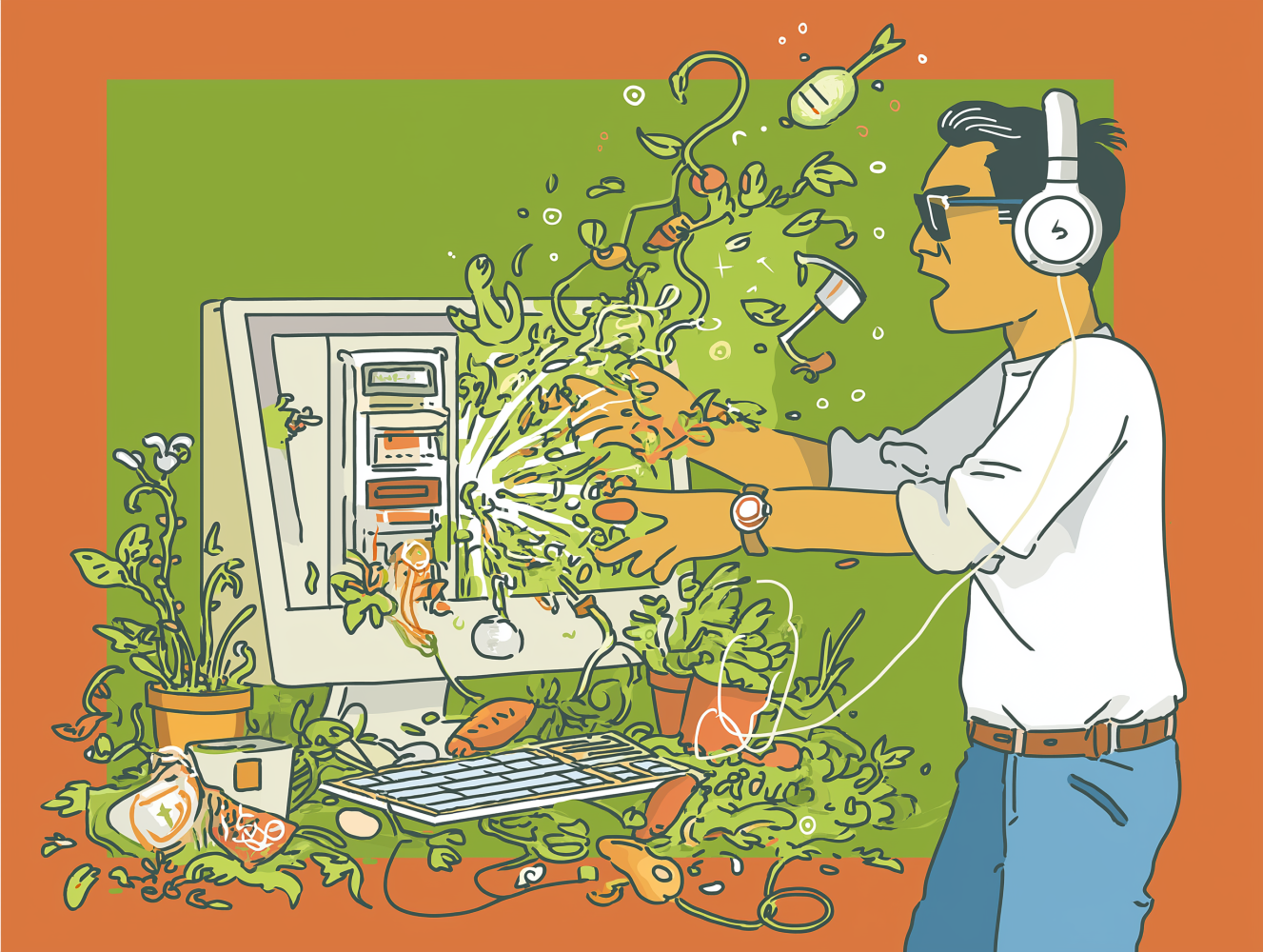
And then reality sunk in. This is always my way. I get all wrapped up in the possibilities and then get brought back down to earth by the reality of scaling and productionizing. It’s ridiculously cheap to have ideas, and expensive to bring them to like in a way that scales, integrates, is secure, and adds real value. Hubris. Sigh.
The contours of this expansion of human creativity are jagged and real. Once you get in there, it explodes all over you like napalm. Want to move it to a scalable secure environment? Need to pass a SOC 2 audit? Want to put the button exactly where you want it? Want to adhere to secure development practices? The list truly goes on and on. It’s not ready, but one day it will be. One day soon.
It’s so interesting to like at the edge of this boundary. Sometimes it’s aptly called the “jagged frontier”. We still have to get things done. We have to add the value. We have semi-baked technology to help up, but we still live in a heavily regulated world. All the laws we had to comply with “in the past” are still in force. And adoption is based on the speed with which other people and organizations can adopt it.
So we adjust our approaches to work within the constraints of our reality.
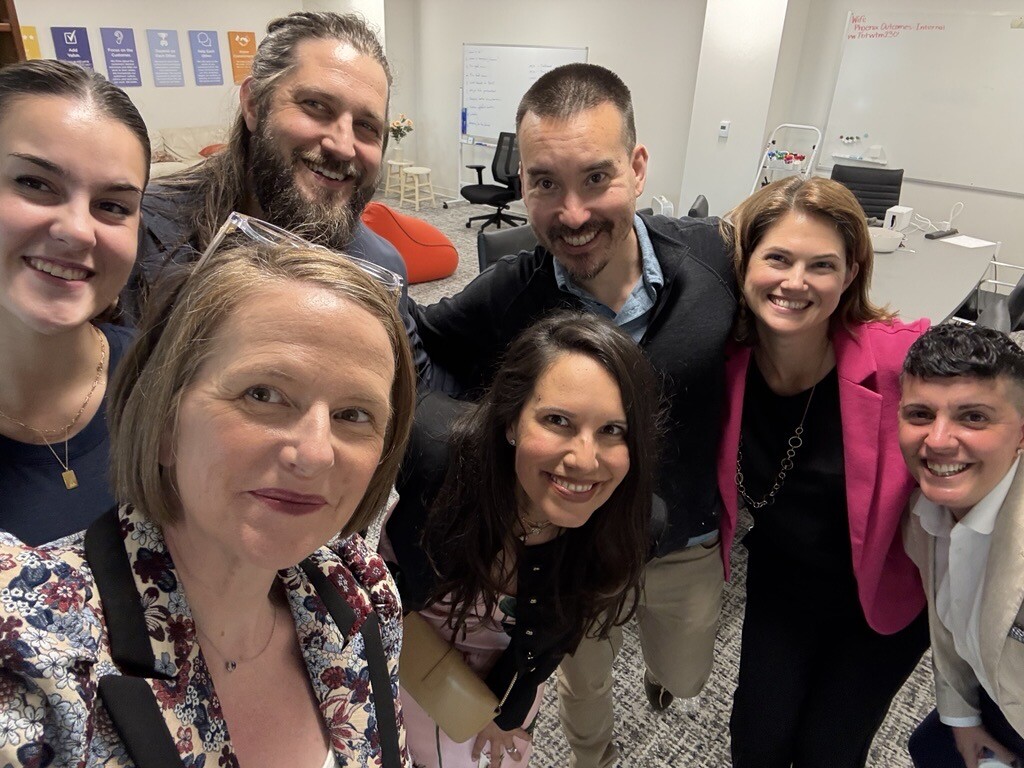
So now the practical steps. Here is what we have done to upskill our company. It took time, and it was messy (it is messy still, we are not done), but I hope these insights will help you to upskill your workforce. And you can always ask us for help, it’s what we do.
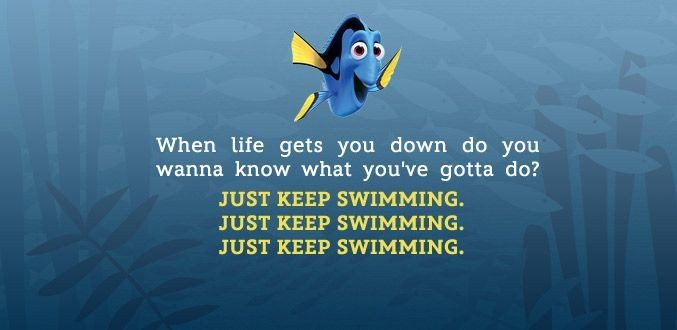
No matter what, keep going. Take one step today, and one step tomorrow. Create a team that focuses on workforce upskilling. This will feel like an expensive investment, but I promise, it’s necessary. It is a ton of work to upskill a workforce. And really, it’s never done. But if you don’t start, you definitely won’t finish. Be like Dory.
By Tela Mathias, Chief Nerd and Mad Scientist at PhoenixTeam and CEO of Phoenix Burst
